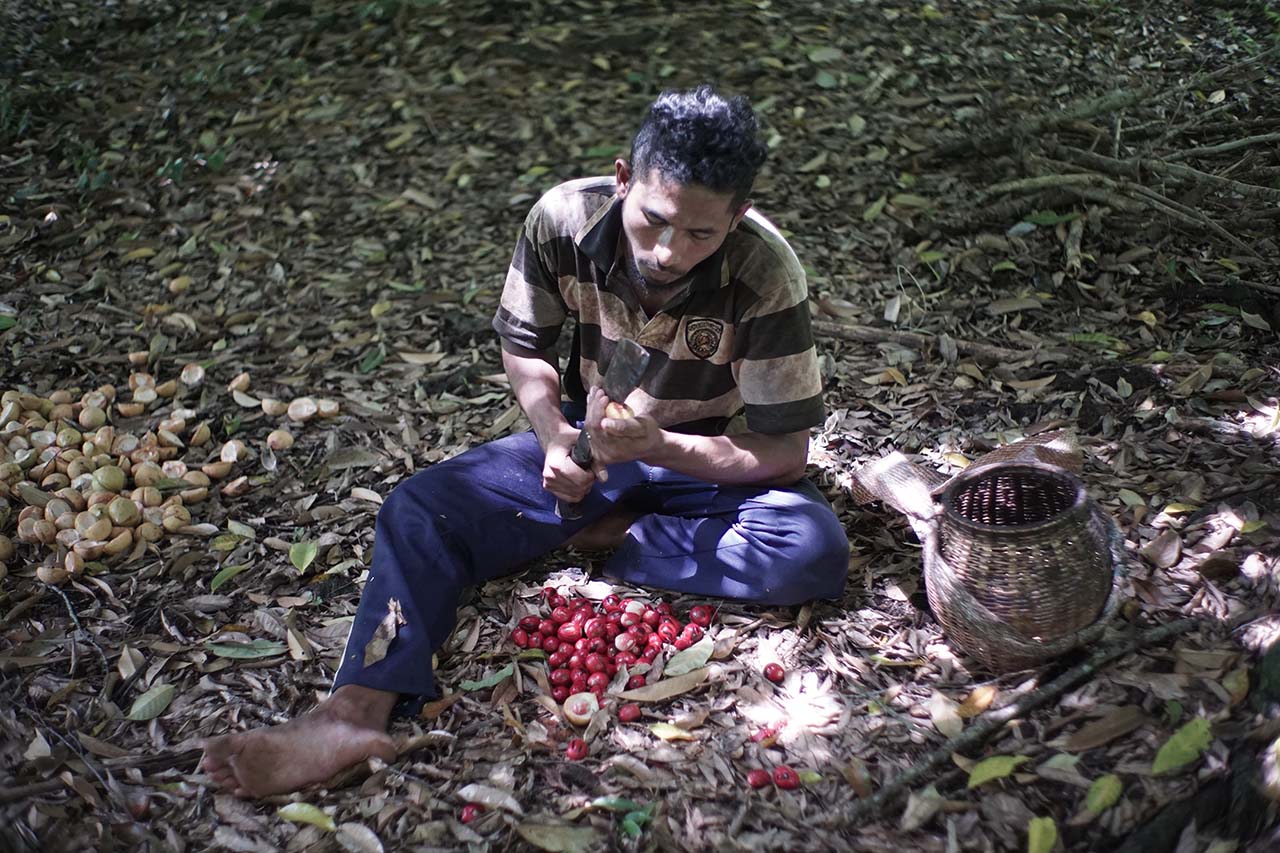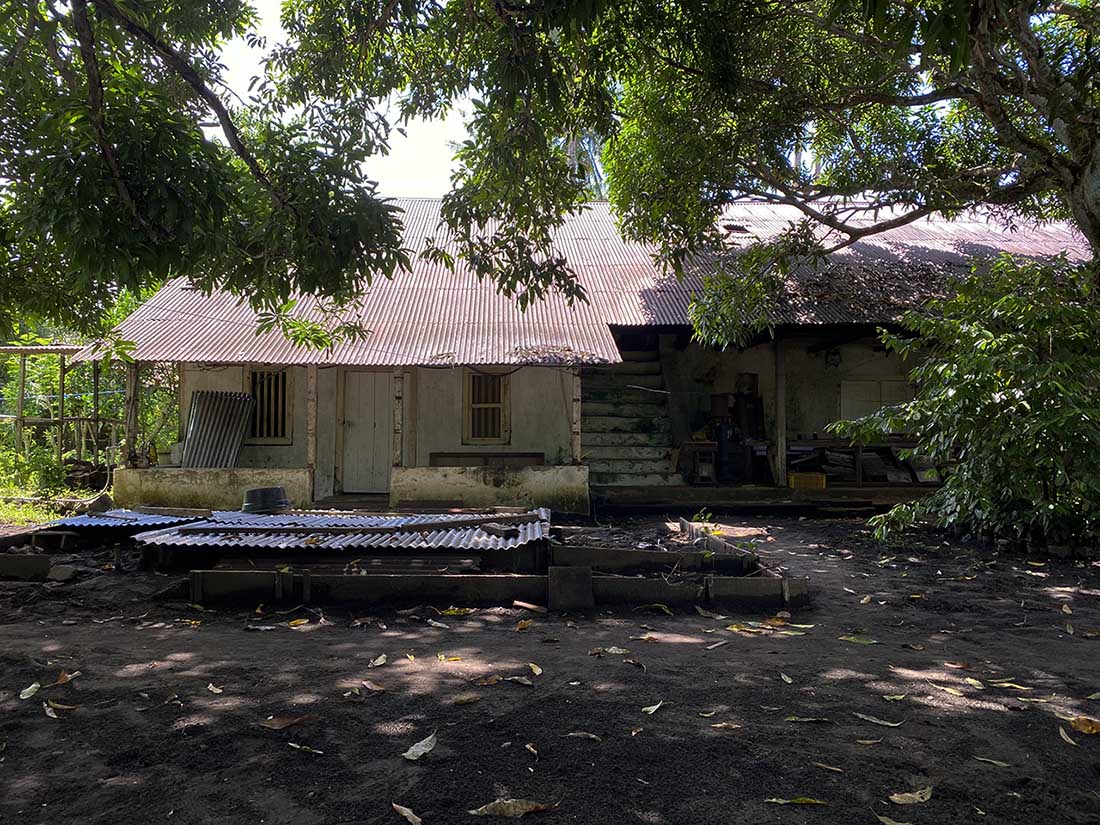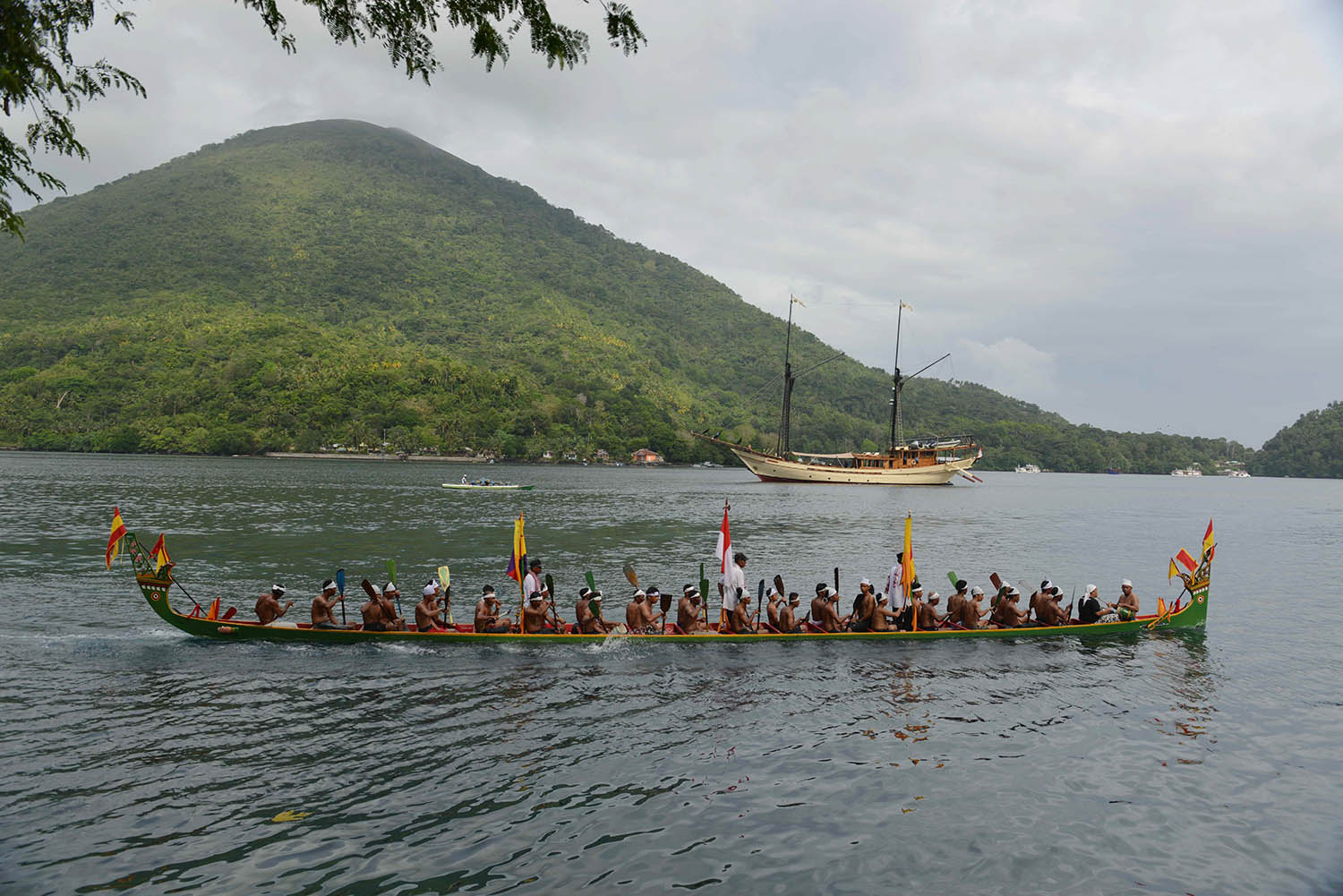The Banda Islands comprise an outlying archipelago of ten volcanic islands off the coast of Ambon in the Banda sea. While today these islands are a picturesque destination, they have a deeper history of economic exploitation, political contestation and violence. They held a position of prominence in the European scramble for nutmeg in the 18th and the 19th centuries, witnessing the pioneering attempts of European colonisation having been subject to Portuguese, British and Dutch involvement. However, it was the Dutch who secured complete control over Banda after the infamous massacre of 1621 which wiped out nearly the entirety of the local population. The inhabitants of these islands today are mostly descendants of people from neighbouring islands as well as the descendants of the enslaved workers from other parts of Asia and East Africa brought in by the Dutch as labourers to work the nutmeg plantations.
Echoes of the island’s violent history can be seen dotting the islands, especially the capital and port city of Banda Neira. Some of these include the mansions of colonial agents which housed dissident Indonesian nationalists in exile, the ruins of a catholic church that was torched in the riot of 1999, the statues of famous colonial agents, and most prominently the two forts that were the sites of the infamous executions of 1621. Initiatives such as collaborations between individual artists and writers, as well as sketch walking collectives have promoted active engagement with the history of the region through documentary projects and sketch walking tours.












.jpg)











